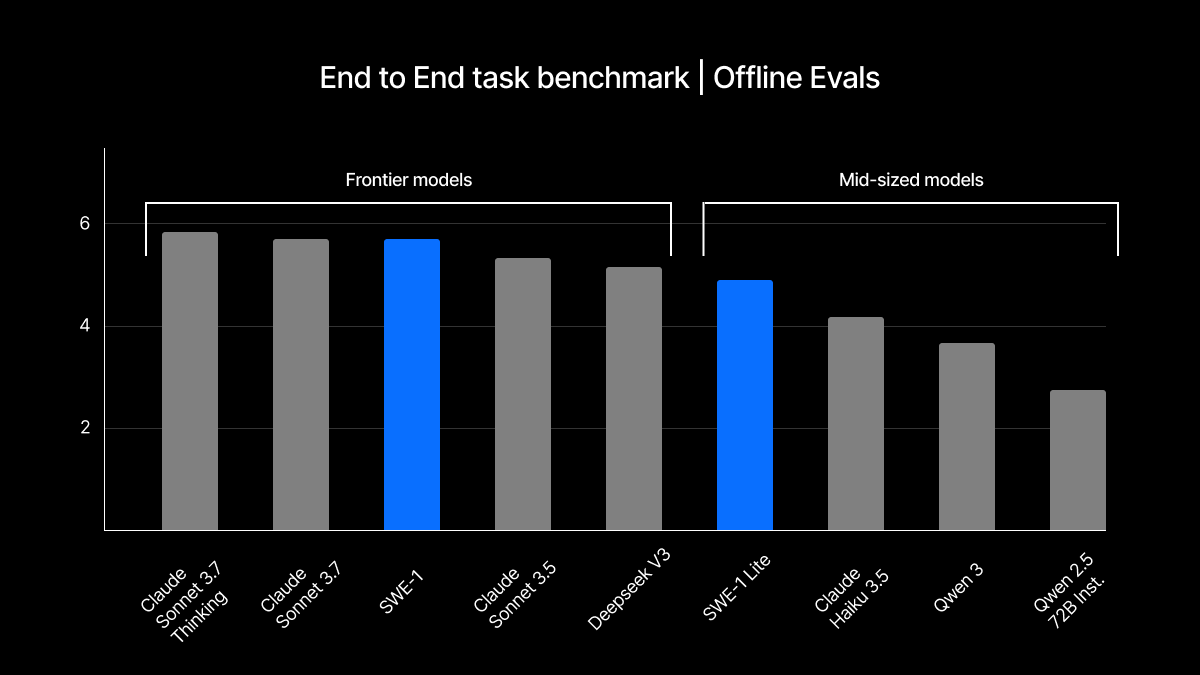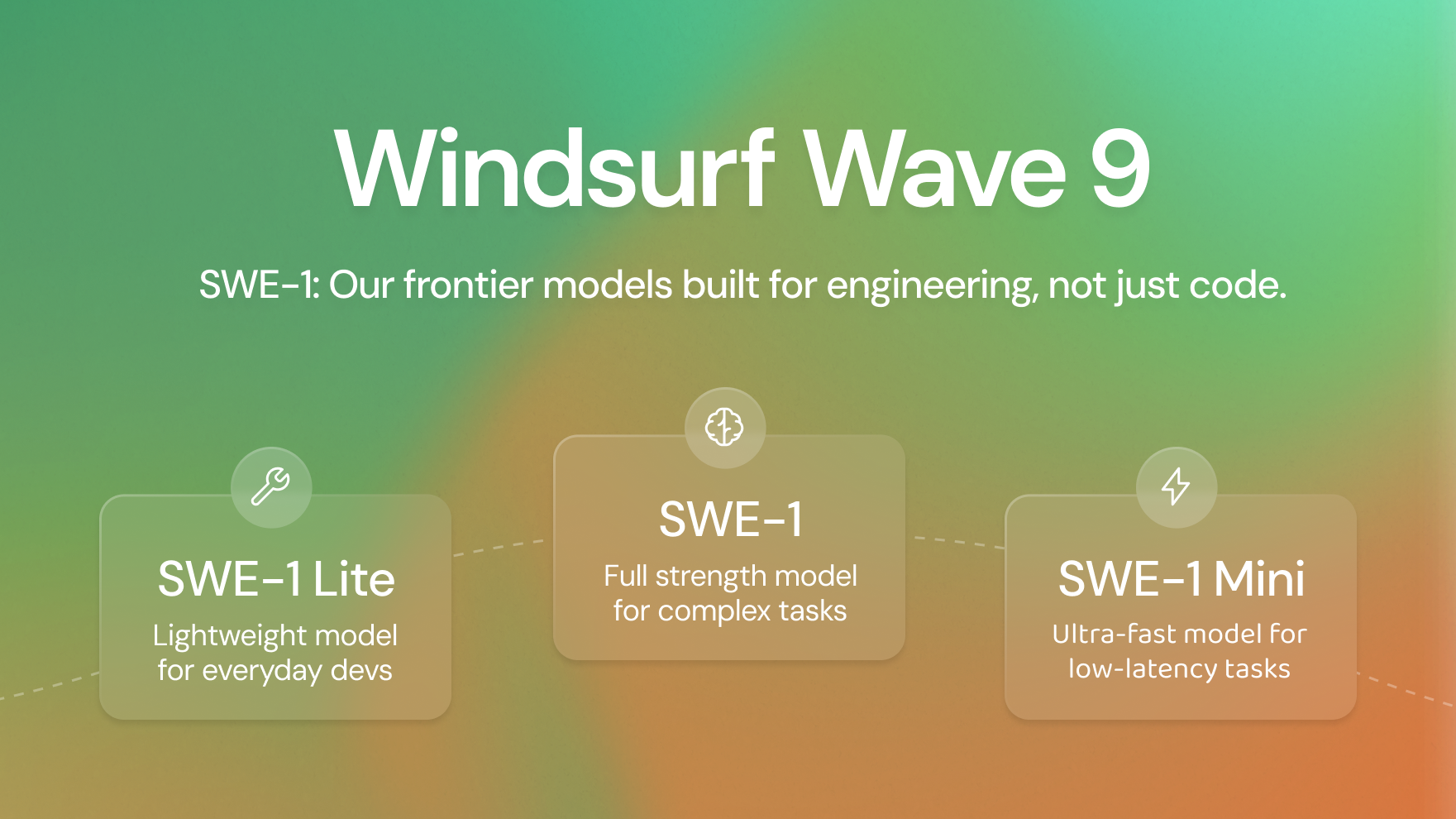Windsurf has introduced the Wave 9 SWE-1 model, its latest AI system designed specifically for real-time, on-device applications. The announcement highlights that SWE-1 is part of Windsurf’s Wave 9 series and is optimized for low-latency tasks. It runs natively on mobile hardware without needing cloud connectivity, making it suitable for environments where privacy, speed, and offline access are essential.

The SWE-1 model is built on a transformer-based architecture with quantized weights and utilizes custom attention mechanisms tailored for performance on constrained devices. Windsurf indicates that it can handle multimodal input, including both vision and text, allowing it to serve as a general-purpose assistant capable of processing camera input alongside user prompts. The model runs at around 25 tokens per second on supported flagship phones and is intended for integration into various mobile-first applications, including those involving personal assistants, AR, and productivity tools.
Windsurf, the company behind the SWE-1 release, is a relatively new entrant in the AI space, formed by a team of ex-Meta engineers. Its primary focus has been on building privacy-conscious, edge-deployable AI systems. With SWE-1, Windsurf appears to be competing directly with companies like Apple and Google that are also advancing AI models optimized for on-device use. The release of SWE-1 positions Windsurf to offer a viable alternative for developers needing real-time intelligence without relying on internet-based inference.






